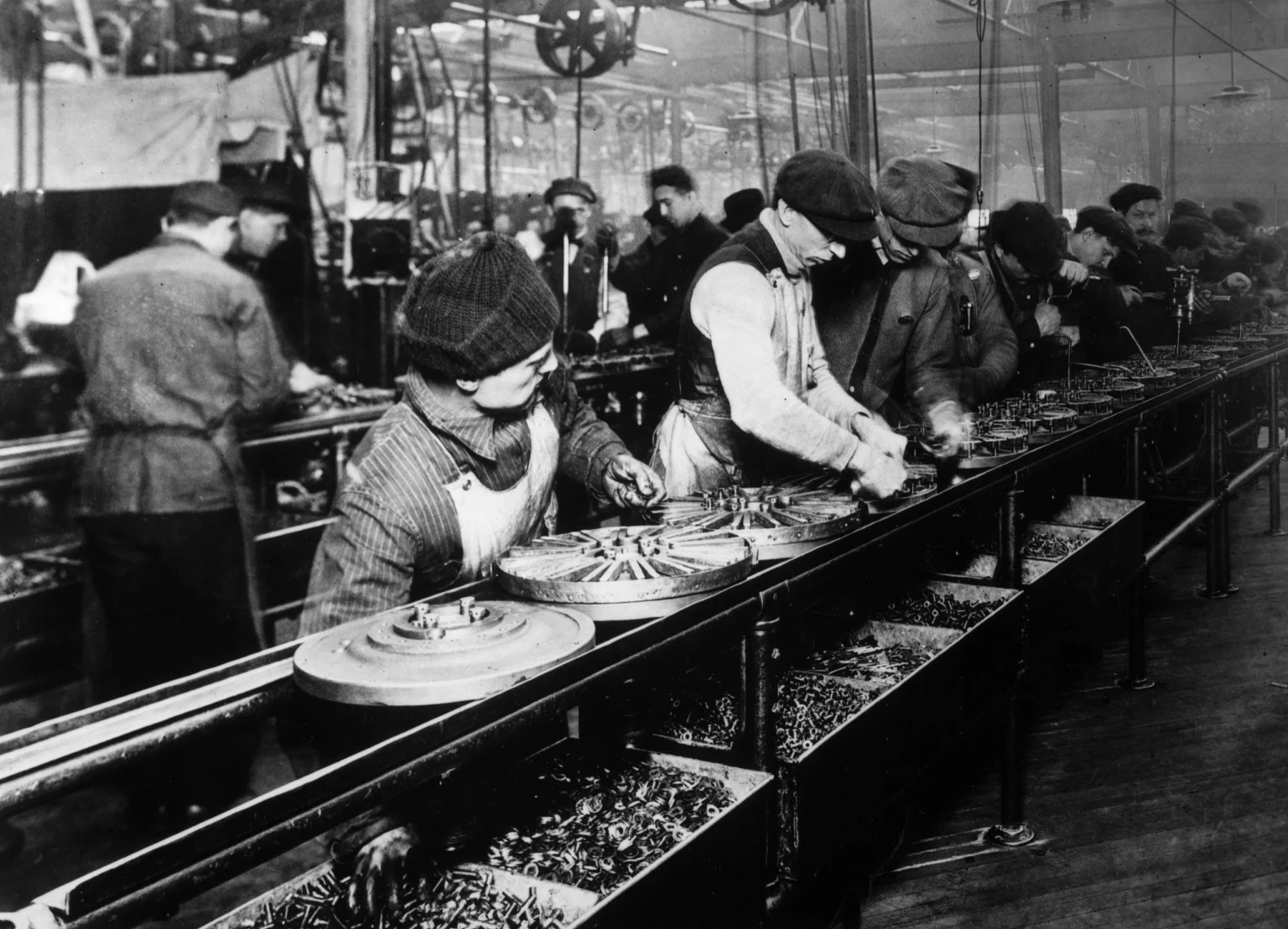When the American financier J.P. Morgan hired the inventor of the lightbulb, Thomas Edison, to wire his mansion in New York, his father Junius Morgan warned him that electric light was only a passing craze. In 1903, Horace Rackham, the personal lawyer of automobile manufacturer Henry Ford, was told that cars would never replace horse-drawn carriages. And in his 1961 book The Wonderland of Tomorrow, Brendan Matthews announced that, soon, technology would allow us to eliminate aging and bad weather.
Predicting the future with any degree of accuracy is difficult, but certainly not impossible. As Czech writer Karel Čapek, whose 1920 play RUR is believed to have coined the term “robots,” once said, “Some of the future can always be read in the palms of the present.” The greater your understanding of science, society, and human nature, the more you can read. While some are more well-known than others, there is no shortage of books with shockingly accurate predictions of the future.
Science vs science fiction
Classic literature anticipated a variety of modern inventions. Mary Shelley’s Frankenstein, one of the first true science fiction stories, foreshadowed the development of bioelectronics, organ transplants, genetic engineering, and artificial intelligence, to name just a few things. On a deeper level, Shelley’s 1818 novel also predicted the inevitable confrontation between science, religion, and ethics – a confrontation that carries on today with no clear end in sight.
The book with the largest number of accurate predictions might be Jules Verne’s Paris in the Twentieth Century. Verne, the author of Journey to the Center of the Earth and Twenty Thousand Leagues Under the Sea, is one of the most influential sci-fi writers of all time. But Paris in the Twentieth Century proved to be particularly prophetic. In a single narrative, written during the 1860s, Verne mentions gasoline-powered vehicles, weapons of mass destruction, global warming, and changing gender norms.

Some predictions of mankind can be traced back to ancient times. In her book, Gods and Robots: Myths, Machines, and Ancient Dreams of Technology, the historian Adrienne Mayor points to the myth of Talos, an automaton constructed by Hephaestus, as an example of Greeks using their imagination to exceed the limitations of their technology. “Ideas about creating artificial life,” she writes, “were thinkable long before technology made such enterprises possible.”
From utopias to dystopias
Before there was dystopian fiction – a subgenre of science fiction we are all too familiar with nowadays – there was utopian fiction. Writers and thinkers from Plato to Thomas Moore drew on the latest in political, philosophical, and scientific thinking to build blueprints for an ideal civilization. In the 19th century, authors like H.G. Wells and Jack London started to flip the age-old formula on its head, exploring how human development could lead to a distinctly undesirable future.
Every dystopian novel contains at least some echo of reality. Buzz Windrip, the demagogue politician who is elected president of the United States in Sinclair Lewis’ book It Can’t Happen Here (1935), was originally meant to be an allegory for Adolf Hitler and Benito Mussolini. Today, his brand of populism foils that of Donald Trump as well. In The Minority Report (1956) by Philip K. Dick, cops use algorithms to arrest criminals before they commit the crime — a long-standing objective in real-life AI research.
Yevgeny Zamyatin’s We, a major influence on George Orwell’s 1984, Ayn Rand’s Anthem, and Kurt Vonnegut’s Player Piano, takes place in an ultra-rational totalitarian state where people have numbers for names and follow instructions from an all-powerful dictator called The Benefactor. Released in 1924, the book satirizes an urge shared by capitalist businessmen and communist dictators alike: to turn people into obedient, indistinguishable machines.

Zamyatin’s characters insist on the right to be imperfect, make mistakes, and act of their own free will. It’s a moving sentiment, but Zamyatin was not the first writer to put it into words. As literary critics have noted, We stands on the shoulders of Fyodor Dostoevsky’s 1864 novella Notes from Underground, in which the Russian author effectively predicted the rise of 20th-century totalitarian regimes that sought to control every aspect of their subjects’ lives.
Books that shaped the future
Unlike We, which takes issue with parties on both sides of the political spectrum, Notes From Underground was written specifically in response to the rise of socialist movements in 19th-century Russia. As a Christian, Dostoevsky sympathized with the desire to end injustice and uplift the poor. At the same time, he believed all utopias – socialist or otherwise – are doomed to fail because people value freedom above all else. Like John Milton’s Lucifer, they would rather rule in hell than serve in heaven.
Dostoevsky was particularly upset by What is to be Done?, a social problem novel by Nikolay Chernyshevsky that, while awkwardly written, imparts a clear impression of what socialist utopias could look like and how socialist revolutionaries are supposed to act. Defying expectations, What is to be Done?became immensely popular upon its 1863 release. Today, it is a rare example of a book that didn’t just predict the future but also shaped it in its own image.
Imitating Chernyshevsky’s characters, young Russians slept on beds of nails to become tougher and took up work in communal sewing cooperatives. Revolutionaries Nikolai Ishutin and Dmitry Karakozov were so enamored by the book they plotted to assassinate Czar Alexander II on the anniversary of its publication, and Vladimir Lenin read What is to be Done? five times after his brother was executed for plotting his own assassination attempt. Would the future have unfolded the way it did without Chernyshevsky?
This excerpt was reprinted with permission of Big Think, where it was originally published.






